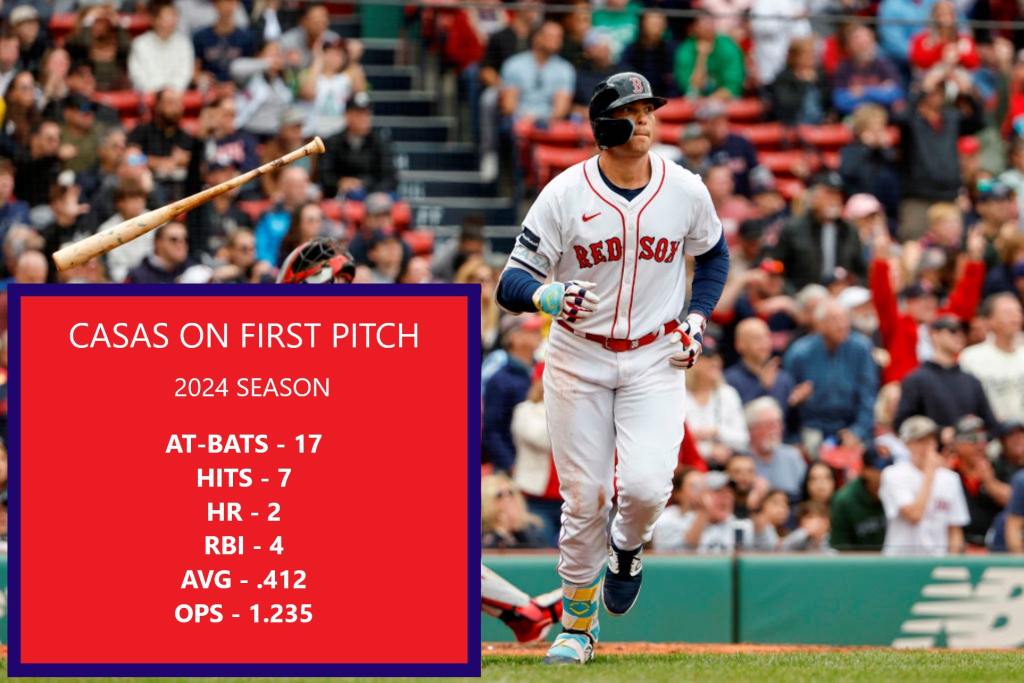Serious question: are the Red Sox genuinely considering a trade or Triston Casas – or are they just trying to give him a stern kick in the backside?
In case you missed it, Ken Rosenthal of the The Athletic had this item recently about the Red Sox’ offseason needs and wants. In it, Rosenthal proposed trading Casas to the Seattle Mariners for pitching while moving Rafael Devers to first base and signing a right-handed-hitting third baseman (Alex Bregman or Willy Adames). If you think that Rosenthal is just slinging wet Charmin against the wall, fine. But he’s one of the most well-regarded baseball reporters in the country.
Now the follow-up question: why is Casas’ name even out there? Yes, the Sox have an abundance of young, left-handed-hitting players and/or prospects, including Casas, Marcelo Mayer, Roman Anthony, Kyle Teel, Wilyer Abreu and Jarren Duran, among others. Trading one (or a combination of them) for pitching help seems obvious given the dearth of high-level arms in the Boston system. Casas is a former first-round pick who has been hyped as a lineup centerpiece and MVP-caliber player, though he missed much of the year with an injury.
Casas has the chance to be a stud, which is why he could also command a great deal on the trade market. The Red Sox ultimately need to decide whether Casas will live up to his potential, something often determined by things far less measurable than exit velocity, launch angle, swing percentage and strikeout rate.
It’s called makeup.
And with Casas, in particular, there are a lot of variables.





